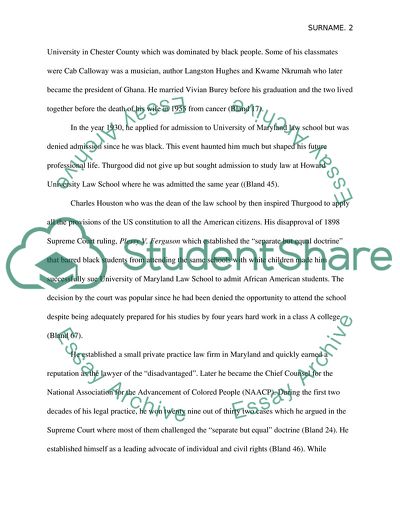Cite this document
(Supreme Court Justice Thurgood Marshall - the Architect of Racial Rela Essay, n.d.)
Supreme Court Justice Thurgood Marshall - the Architect of Racial Rela Essay. Retrieved from https://studentshare.org/law/1765636-supreme-court-justice-thurgood-marshall
Supreme Court Justice Thurgood Marshall - the Architect of Racial Rela Essay. Retrieved from https://studentshare.org/law/1765636-supreme-court-justice-thurgood-marshall
(Supreme Court Justice Thurgood Marshall - the Architect of Racial Rela Essay)
Supreme Court Justice Thurgood Marshall - the Architect of Racial Rela Essay. https://studentshare.org/law/1765636-supreme-court-justice-thurgood-marshall.
Supreme Court Justice Thurgood Marshall - the Architect of Racial Rela Essay. https://studentshare.org/law/1765636-supreme-court-justice-thurgood-marshall.
“Supreme Court Justice Thurgood Marshall - the Architect of Racial Rela Essay”. https://studentshare.org/law/1765636-supreme-court-justice-thurgood-marshall.


